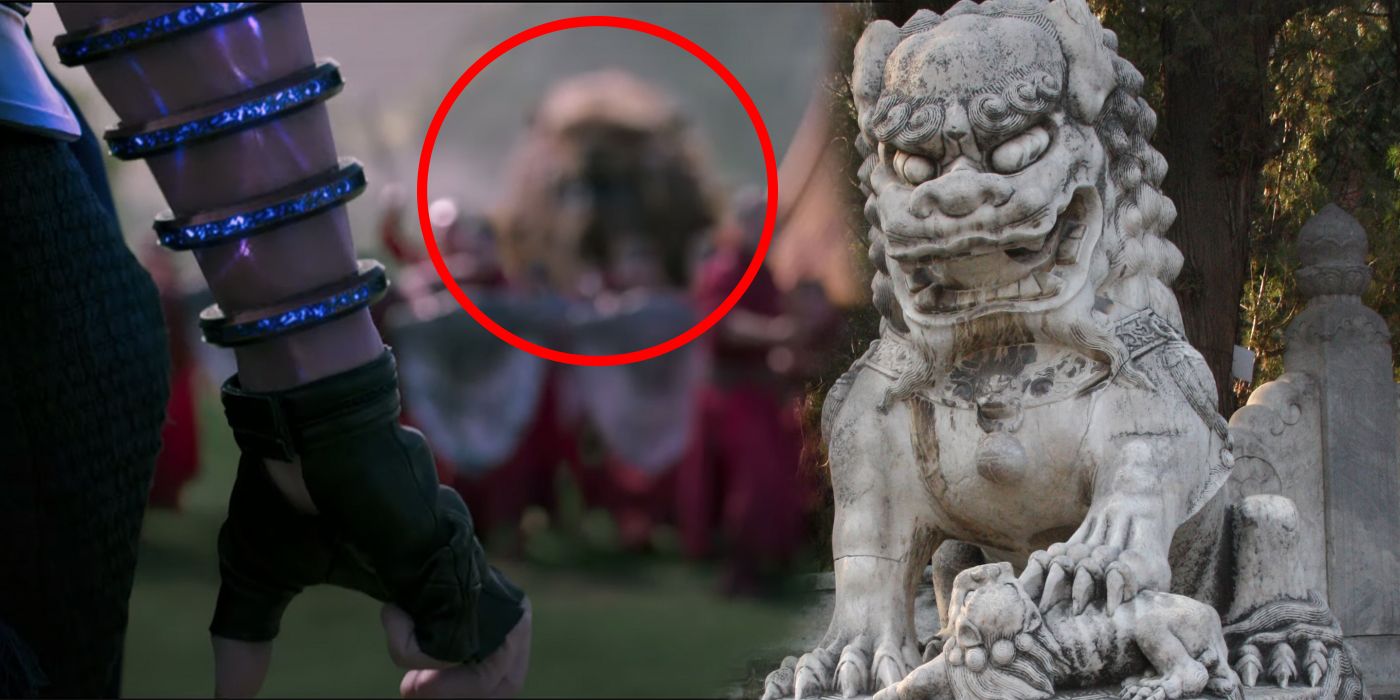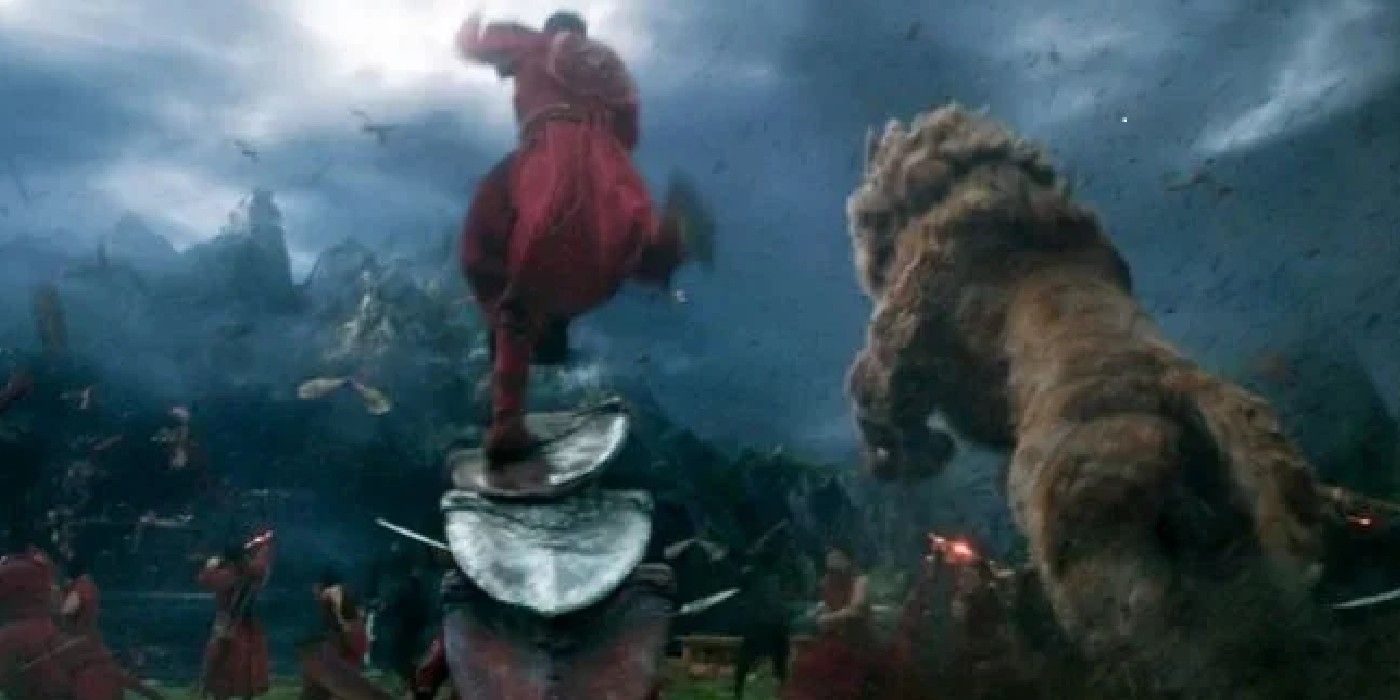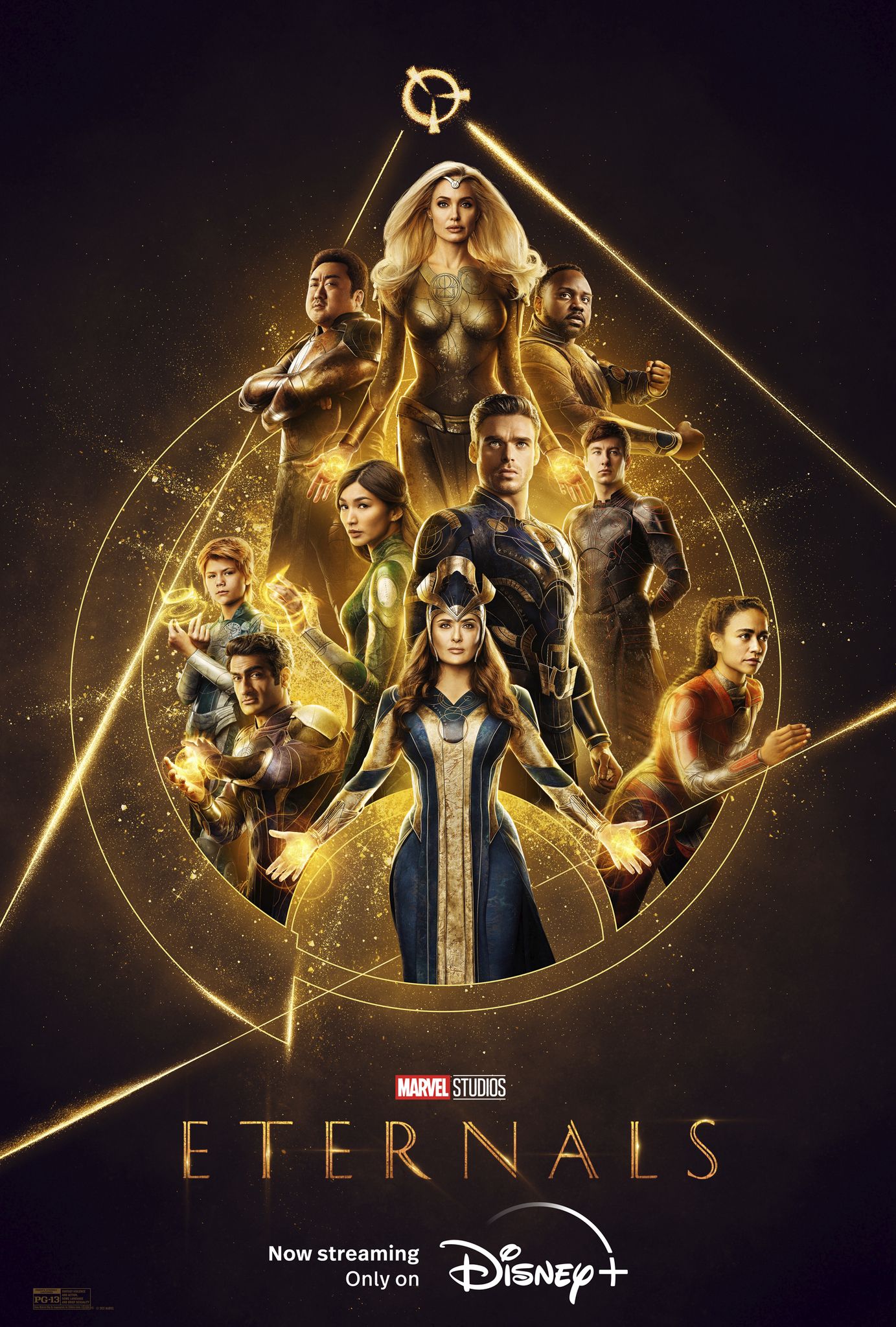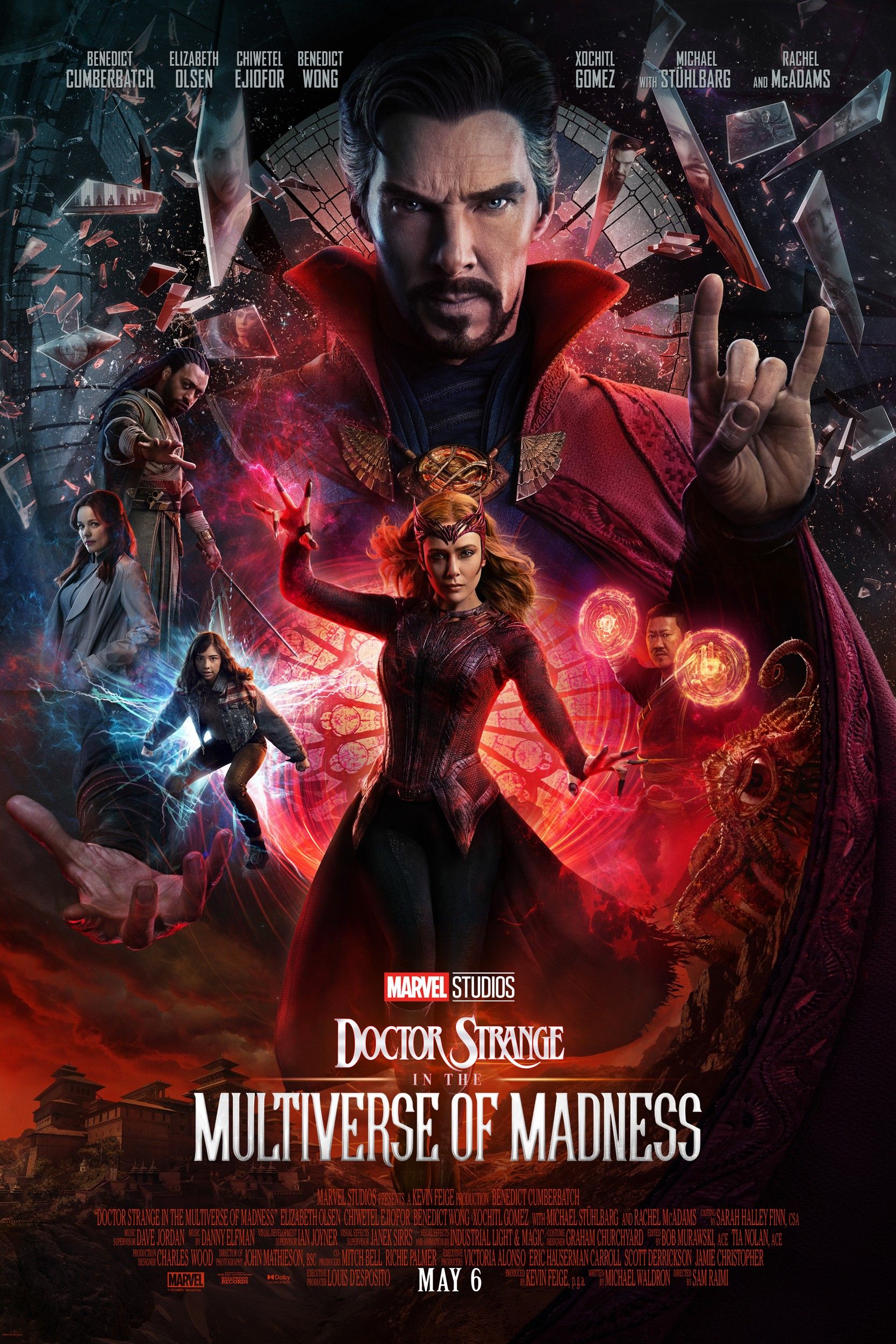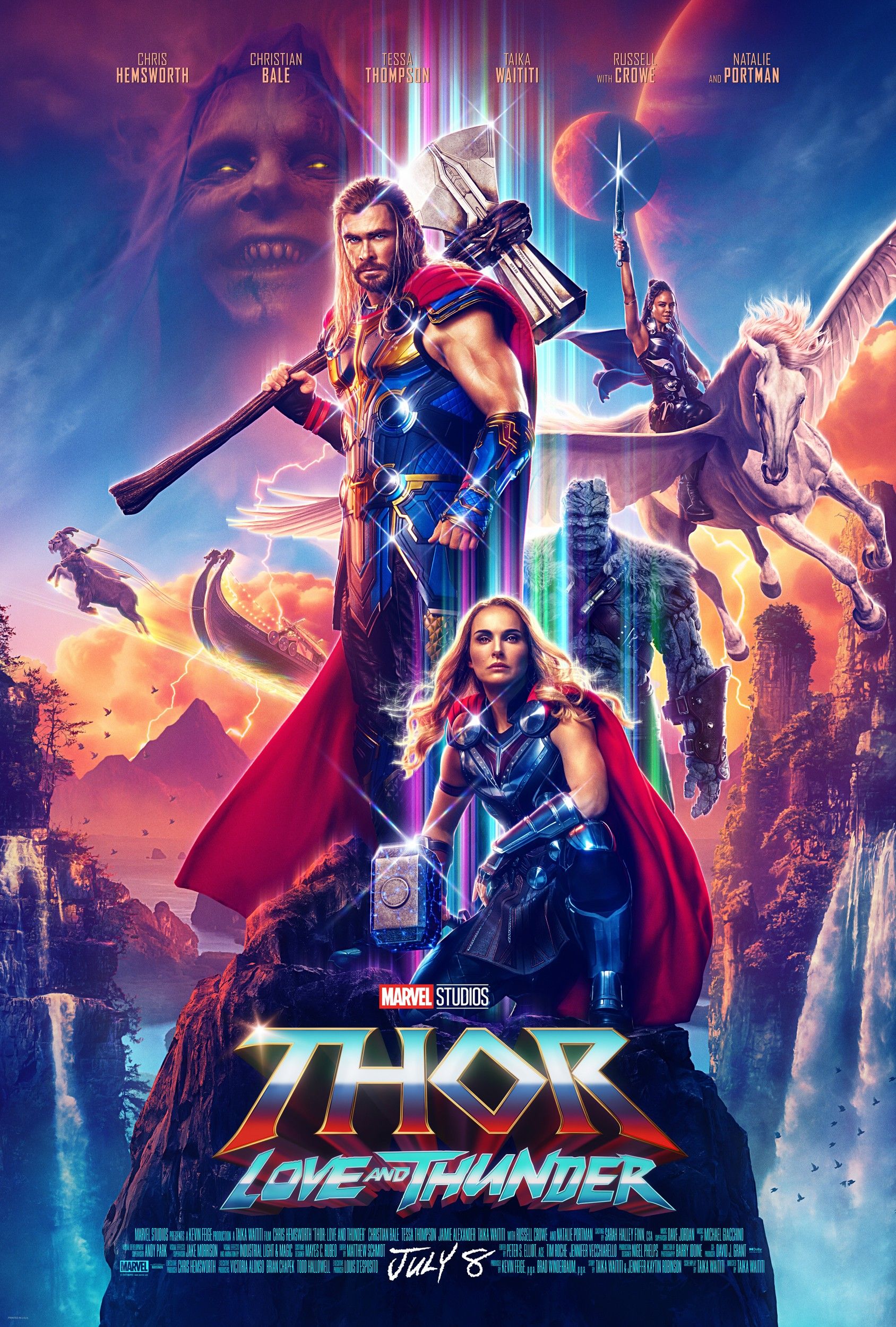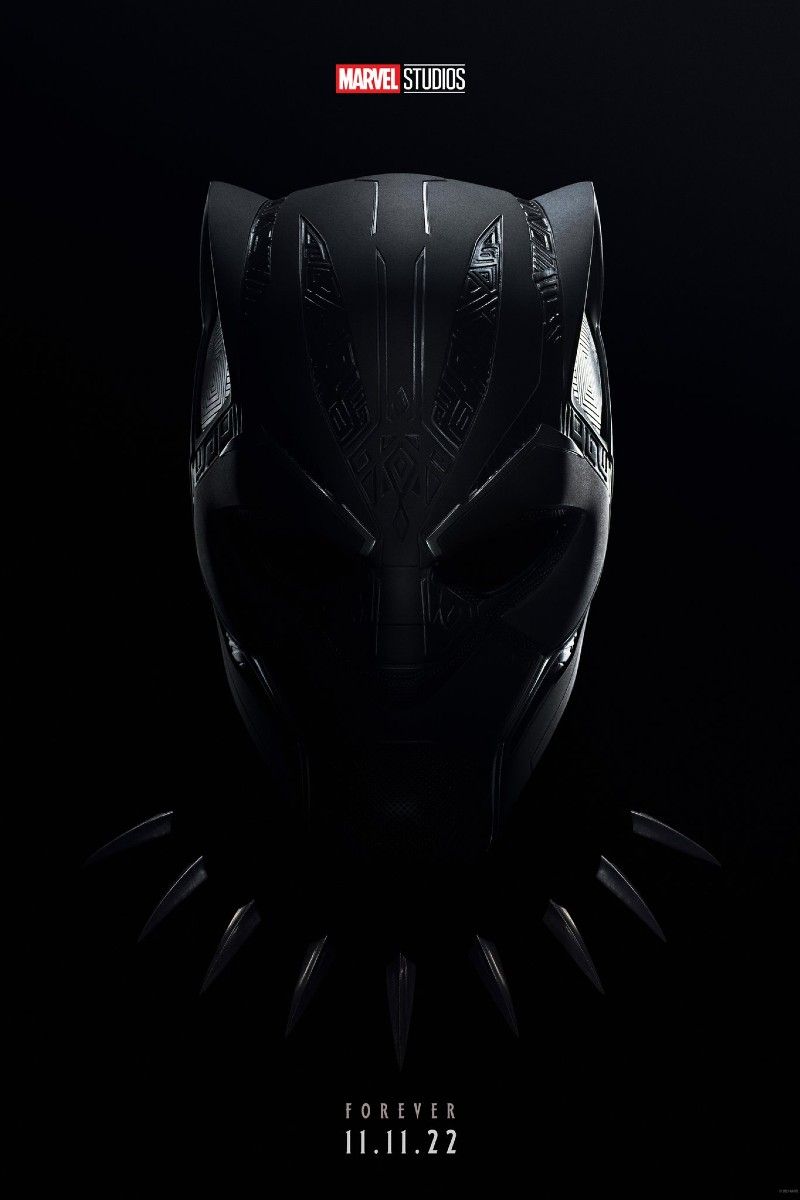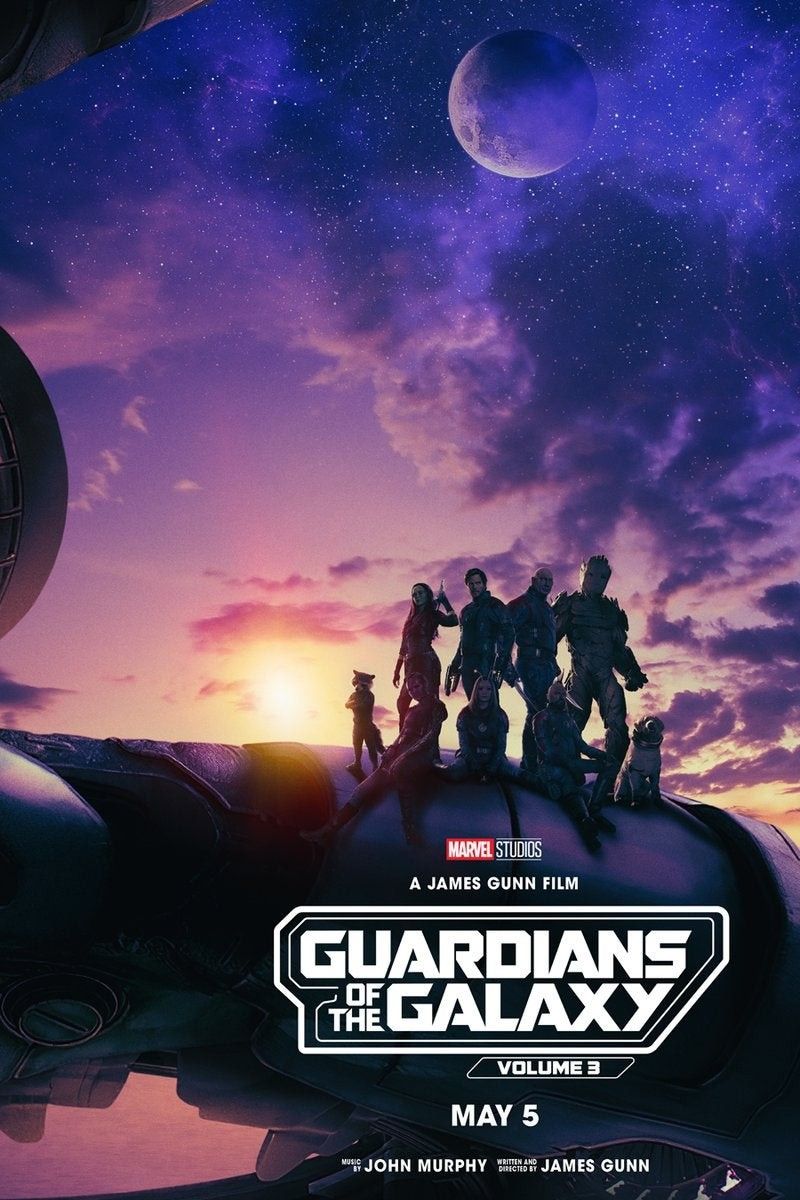Warning: Contains SPOILERS for Shang-Chi and the Legend of the Ten Rings.
Phase 4 movie Shang-Chi and the Legend of the Ten Rings introduces lots of new magical creatures to the MCU, including a pair of giant lion creatures that have significant ties to folklore. Having been teased in the trailer for Shang-Chi and the Legend of the Ten Rings the lions become a key part of the Ten Rings' assault on the mystical land of Ta Lo and the defense against the Dweller-in-Darkness.
Shang-Chi is a character from Marvel Comics who is (loosely) based around Eastern mysticism and culture, particularly martial arts. The character, like Iron Fist, was created in the 1970s to capitalize on the popularity of Kung Fu, particularly the TV show Kung Fu (which itself was inspired by Bruce Lee's popularity — and possibly taken from his rejected Warrior pitch). Unable to acquire the rights to adapt Kung Fu, Marvel instead obtained the rights to the pulp figure Dr. Fu Manchu, and developed the character Shang-chi to be his unknown son and a master of Kung Fu. The MCU movie has significantly shifted much of the backstory, but the ties to Chinese mysticism remain in part.
Given the source material, Marvel's early Shang-Chi comics were problematic, to say the least. Thankfully, Shang-Chi and the Legend of the Ten Rings avoids that problem by tying its lore to East-Asian history and culture (rather than stereotype). For instance, Morris may appear to be a frivolous inclusion to sell toys, but he's a legitimate mythical beast from Chinese mythology known as a DiJiang, from ancient Chinese text "Classic of Mountains and Seas." On a similar theme, the giant lions in the trailer are the MCU's version of Chinese guardian lions, sometimes referred to as foo dogs (which don't appear in the comics). The still-popular icon dates back to Imperial China; the uniquely stylized lions were commonly carved out of ornate materials to make statues that stood watch over places of note, such as Imperial palaces or tombs. The concept is associated with Chinese Buddhism, and — like in Shang-Chi— the lions often appear in pairs: male and female, representing yin and yang.
The lions actually play a fairly minor role in the final battle in Ta Lo: they get at least one cool set-piece involving the aerial assault seen in the trailer, but they're mostly on the fringes as the humans battle the otherworldly bat creatures attempting to suck out their souls. They do live up to their billing however, surviving the battle despite a seemingly huge number of casualties. More important than their use as tanks in battle, the lions' symbolic representation of yin and yang - light and dark - is what drives Shang-Chi. His father and mother take those roles, creating balance until the latter is killed, and the Dweller-in-Darkness is only fought off when Ta Lo's warriors and the Ten Rings work together in harmony. There's also a major hint in Shang-Chi's post-credits that Xialing's apparent heel-turn will see her and Shang-Chi in conflict as two opposing forces for another interesting take on the balance.
Given Shang-Chi's agenda of diversity and sympathetic cultural representation, it makes sense for the movie to incorporate ancient Chinese iconography. The guardian lions originated in China, but spread throughout Asia, appearing in other countries like Japan, Thailand, and Korea. Although the meaning has shifted over time, a core symbolic element of the Foo Dogs is protection — which fits with their role alongside a human army in Shang-Chi. The MCU has reinvented its Shang-Chi story for contemporary audiences; since the character is being played by Simu Liu, a Canadian actor born in Harbin, China, it's fitting for Marvel Studios to root Shang-Chi's lore in Chinese history. And the introduction of the mystical land of Ta Lo allows Shang-Chi and the Legend of the Ten Rings to explore more of these fantastical elements, including, of course, the explosive reveal of the Dweller-in-Darkness and the Great Protector.

